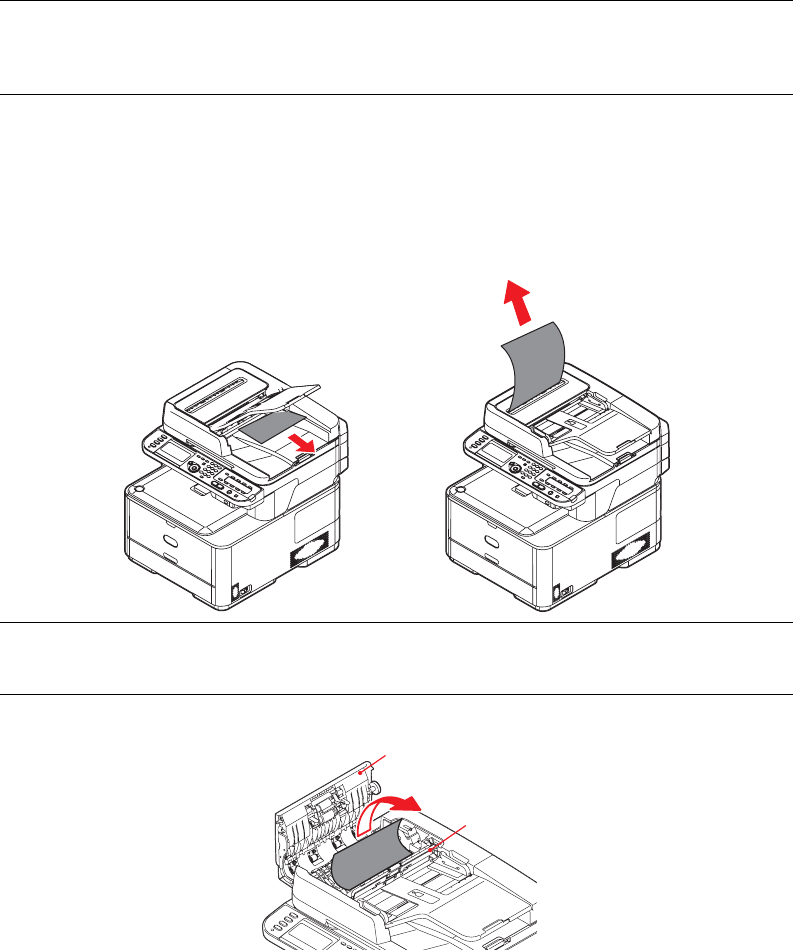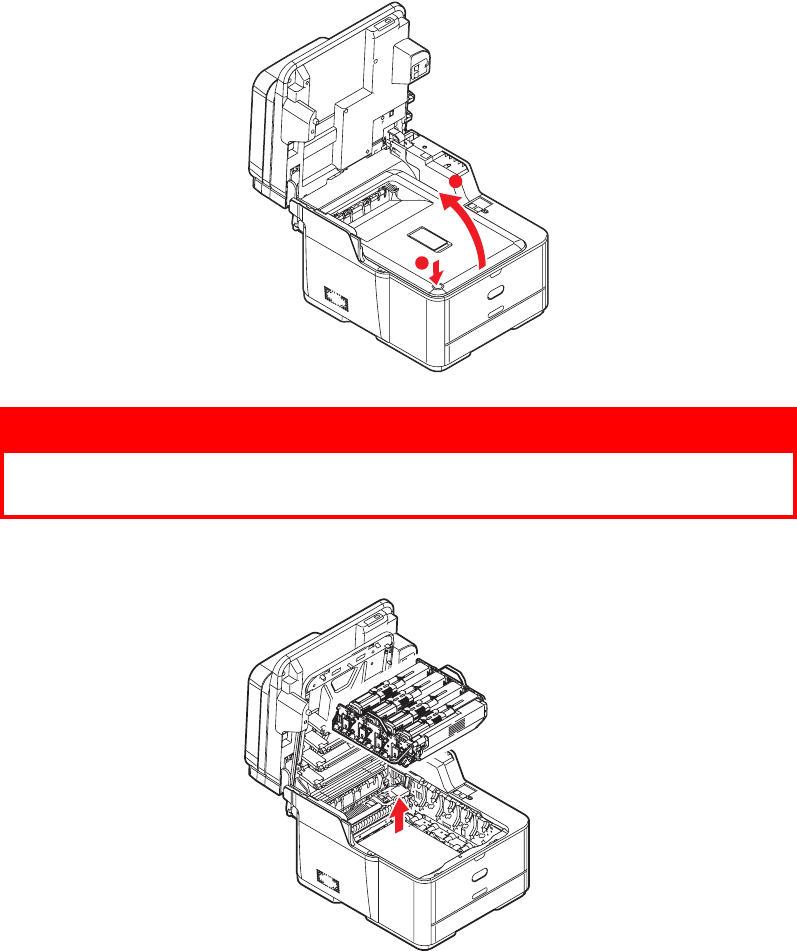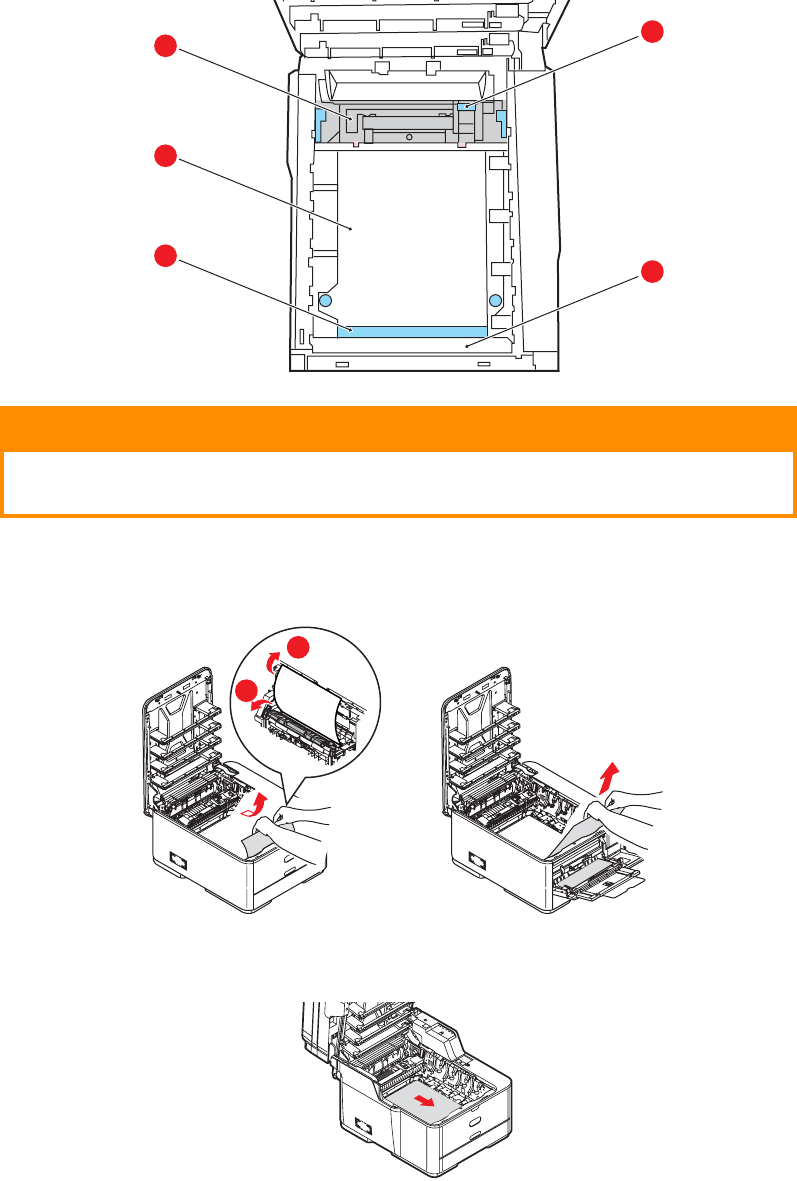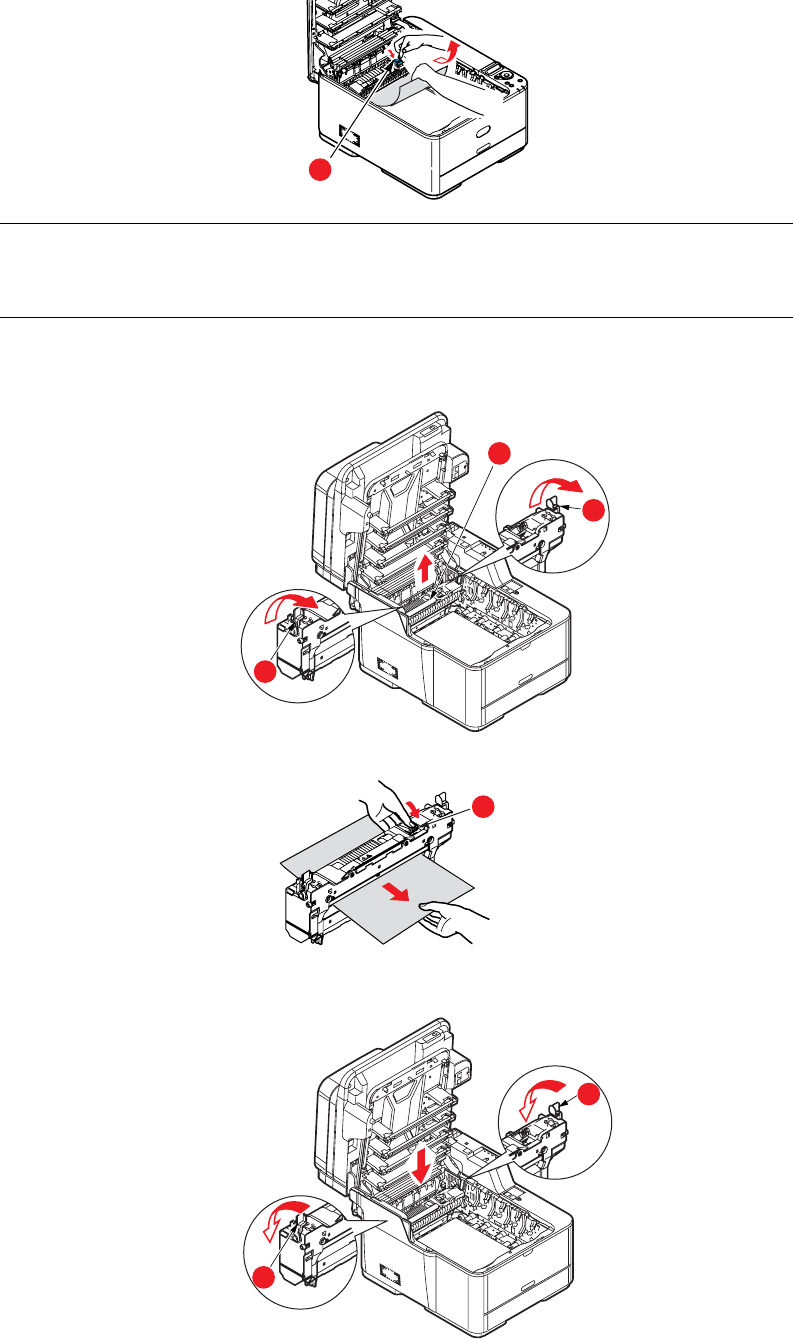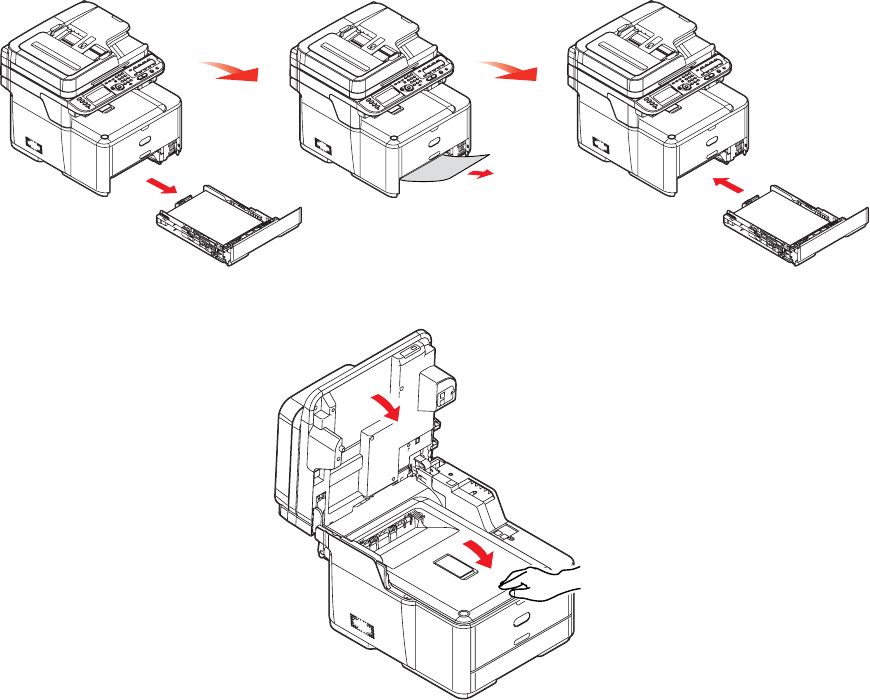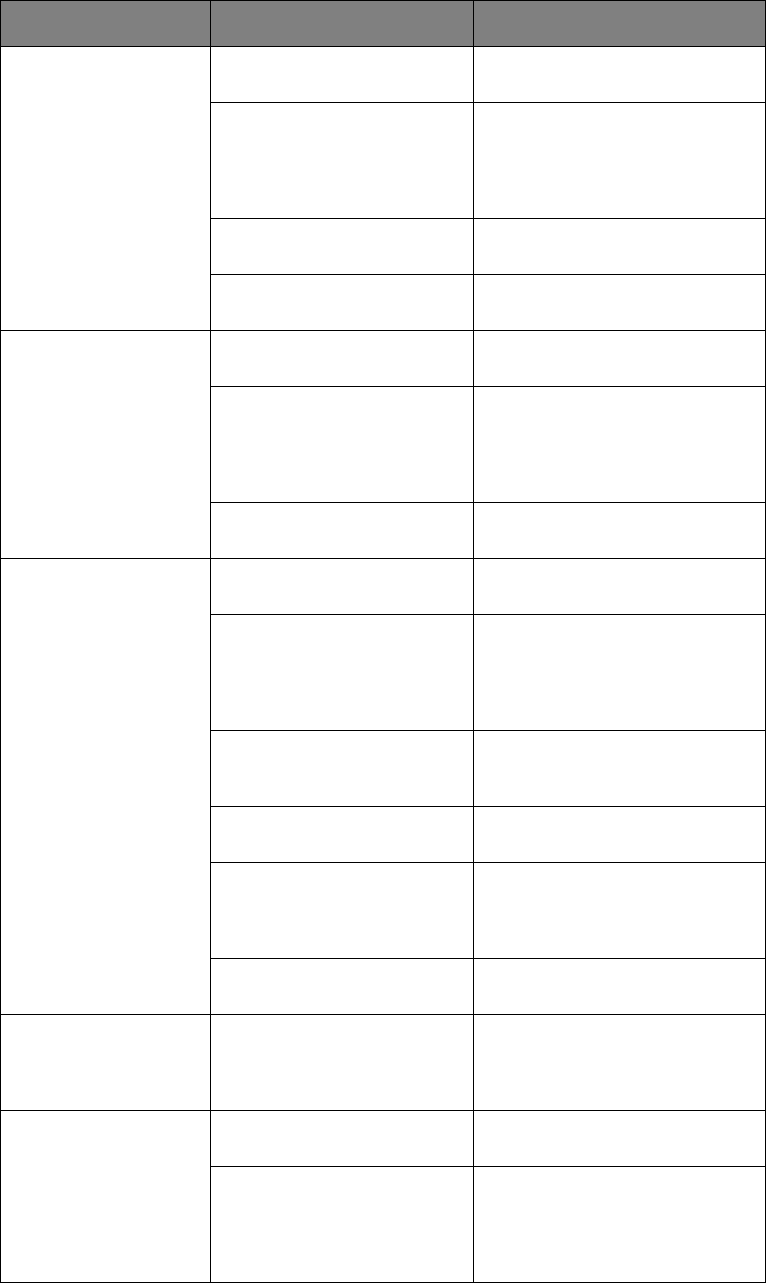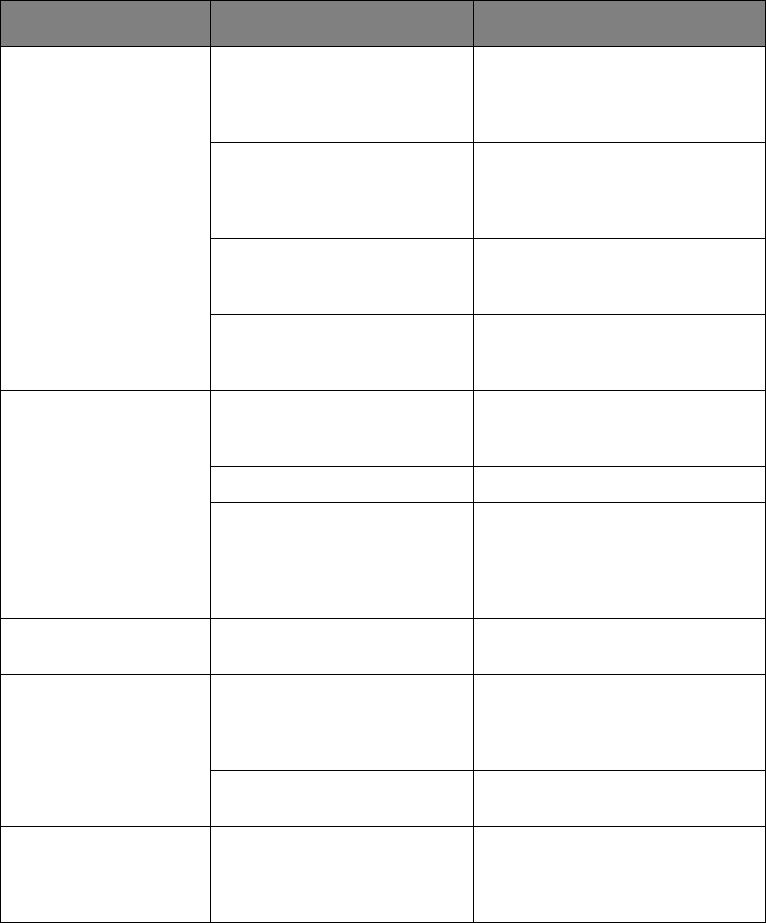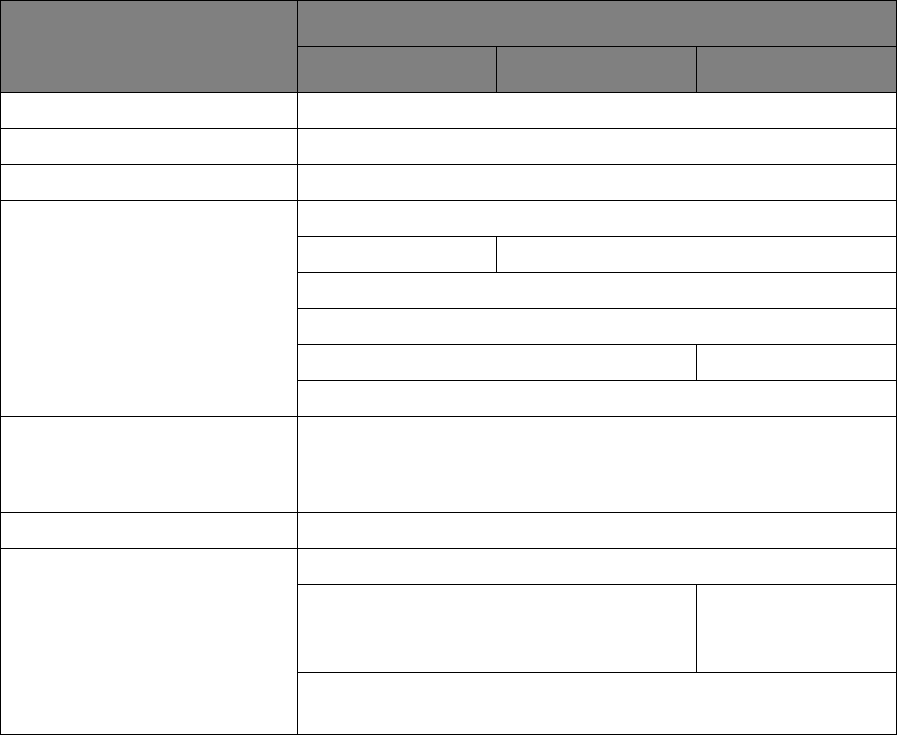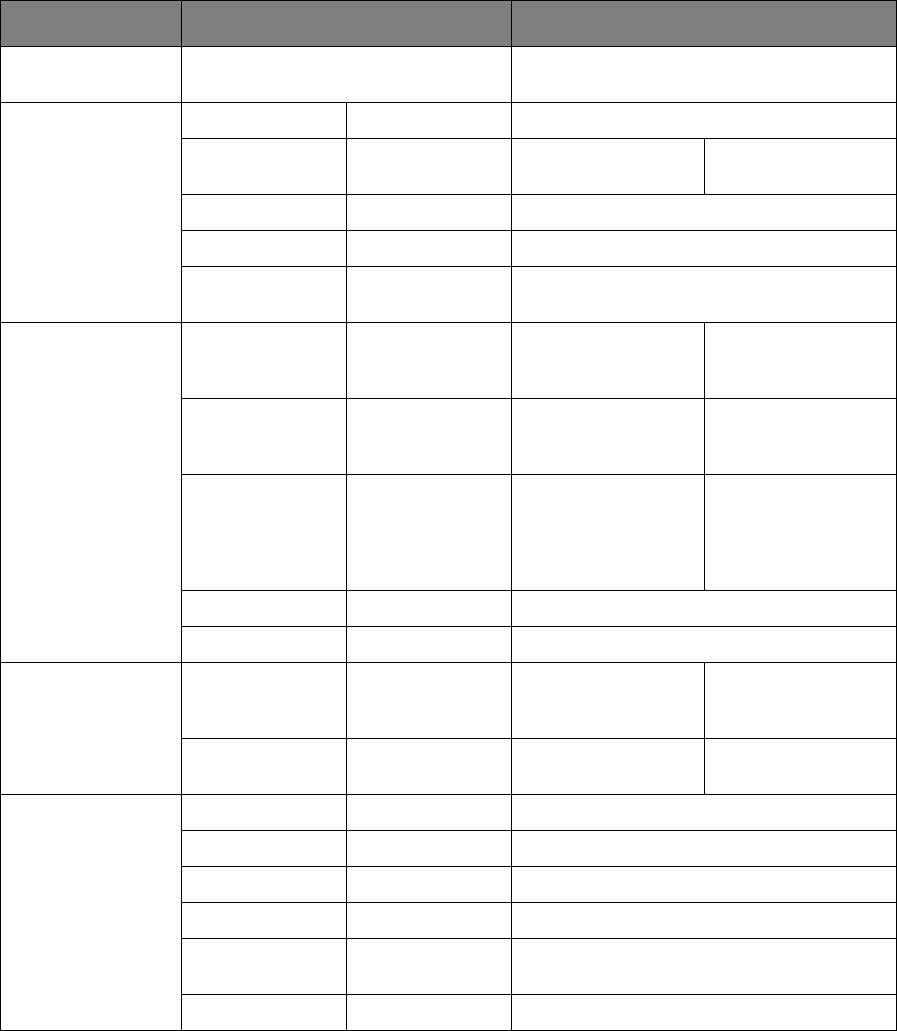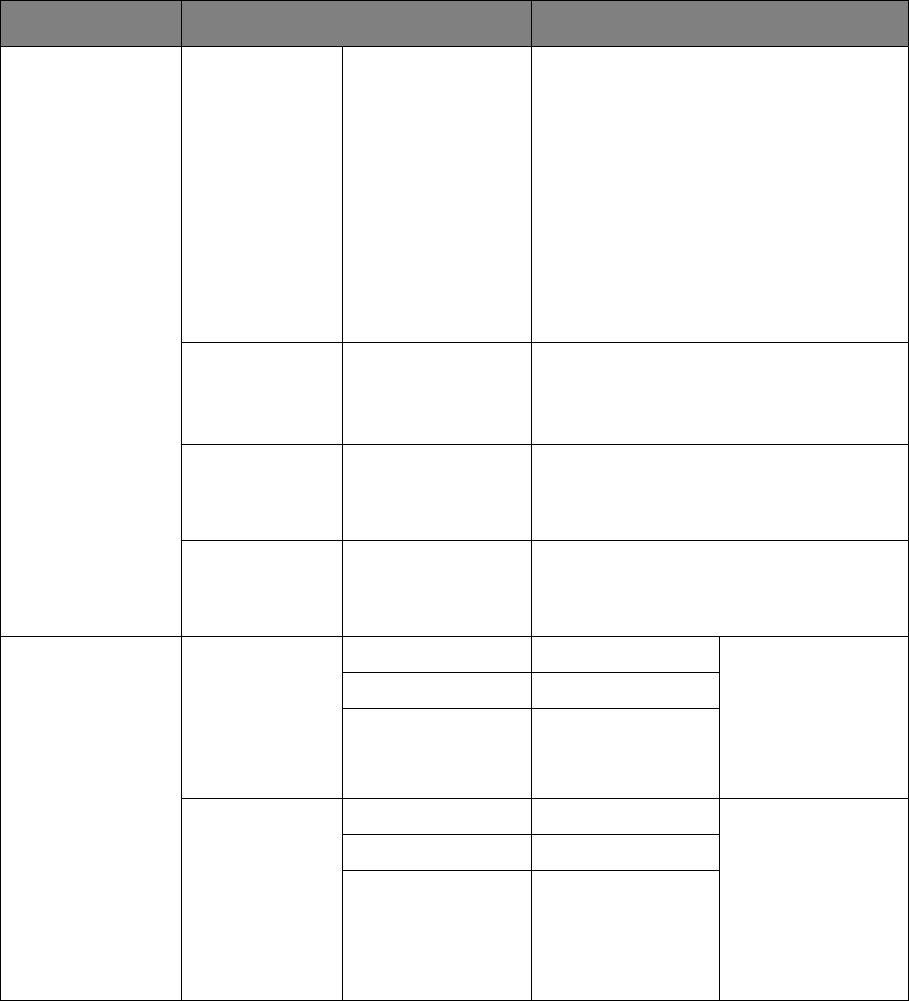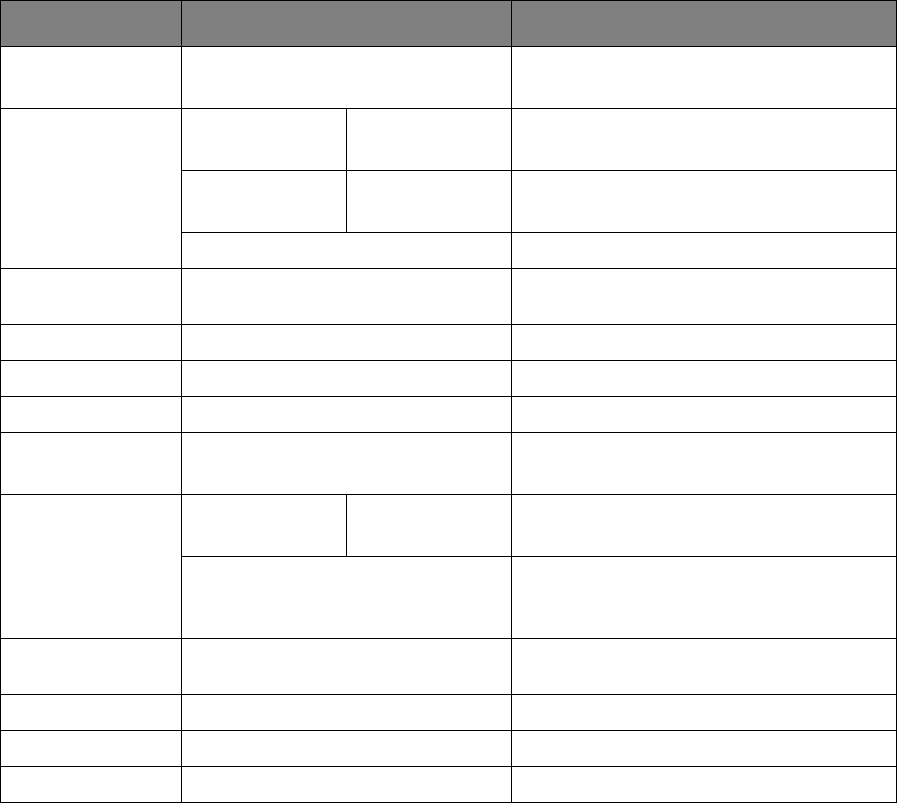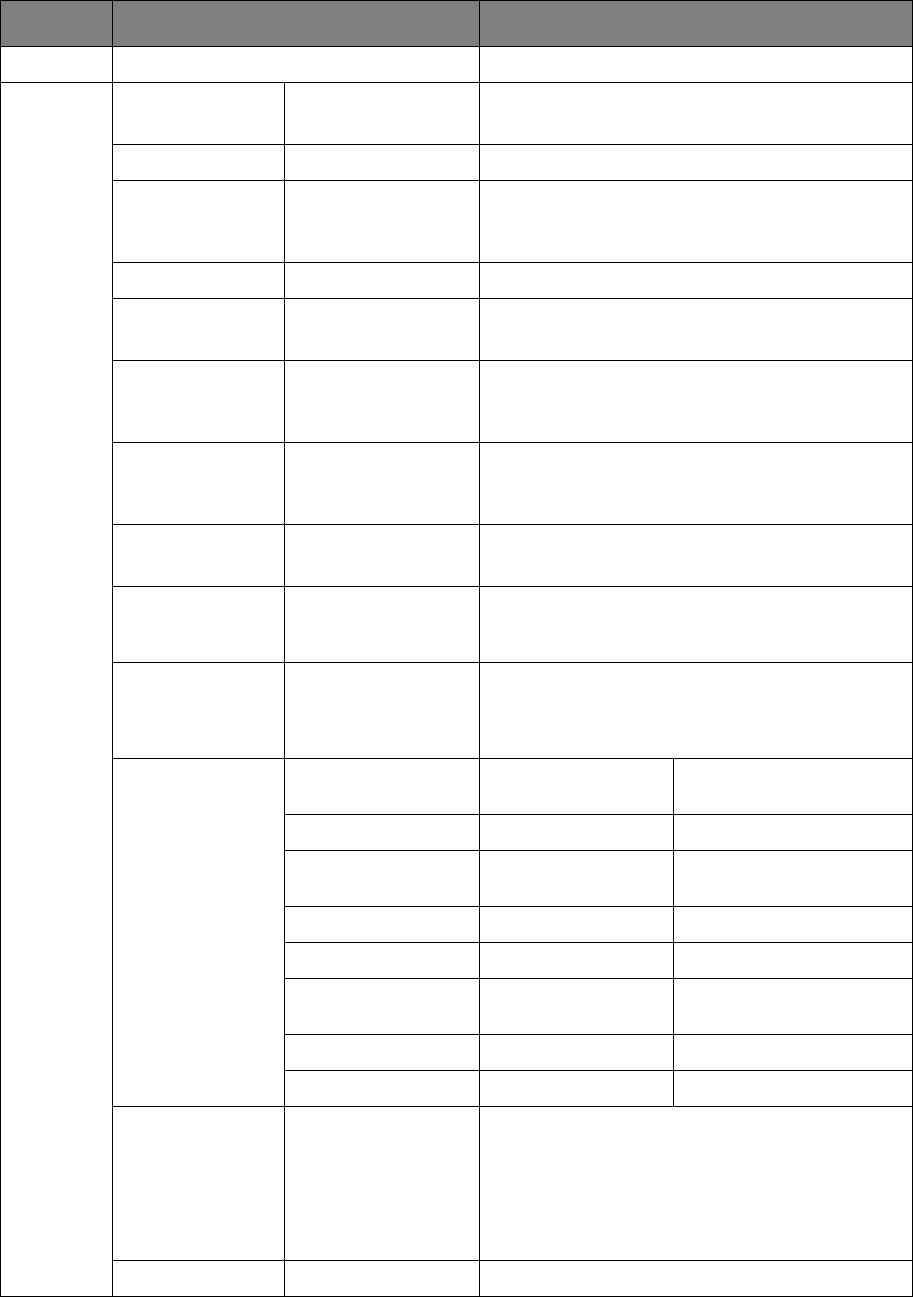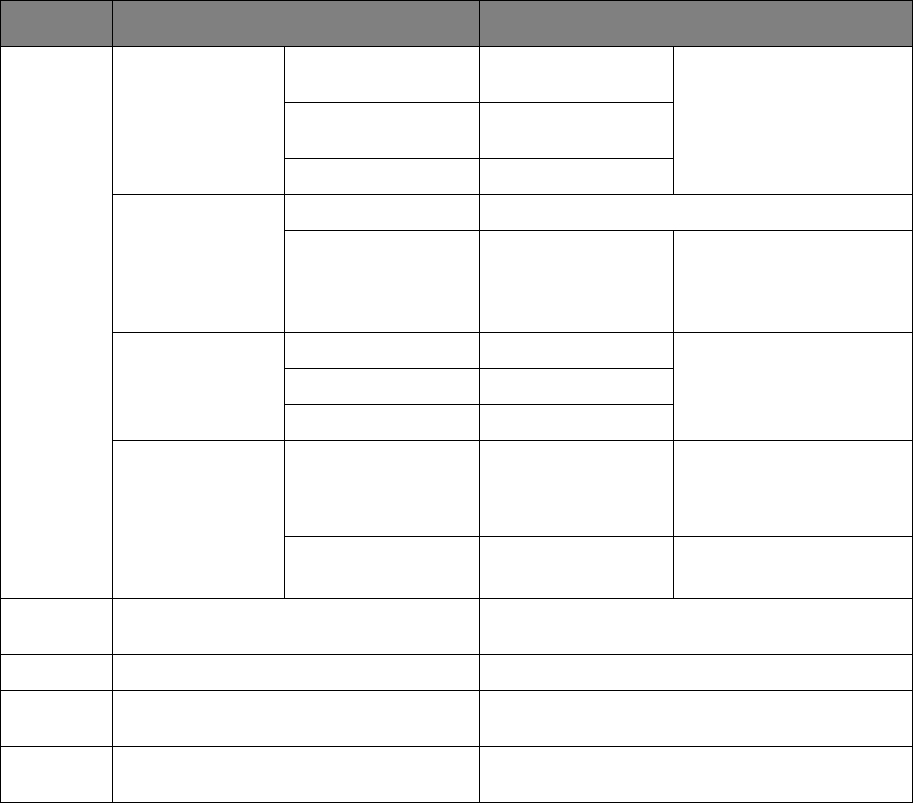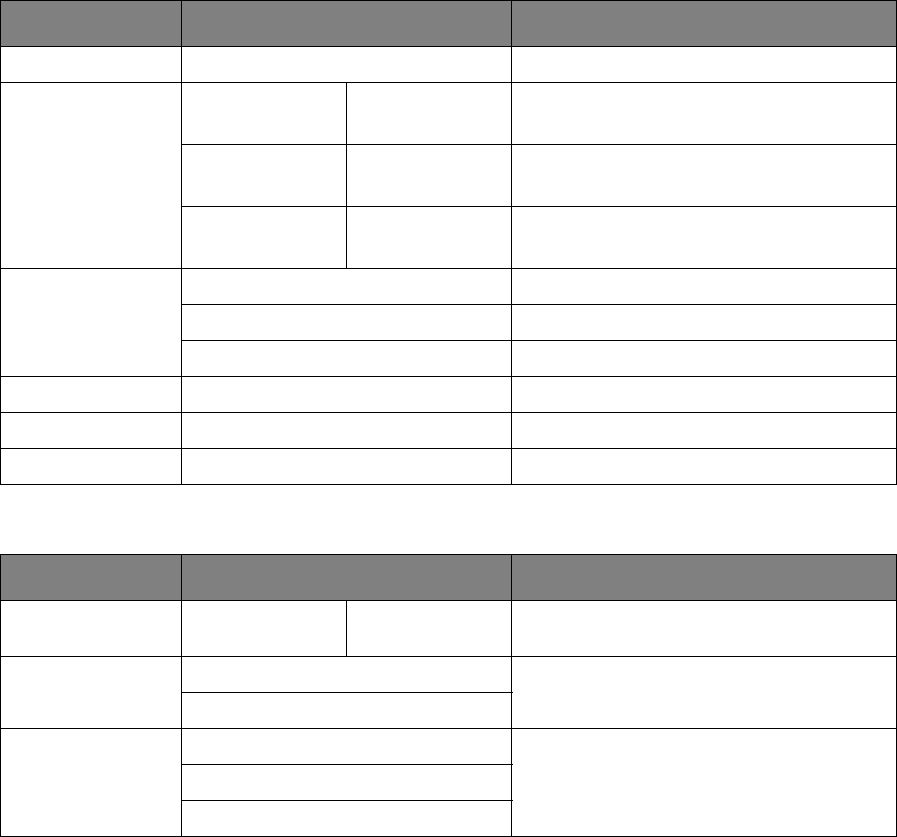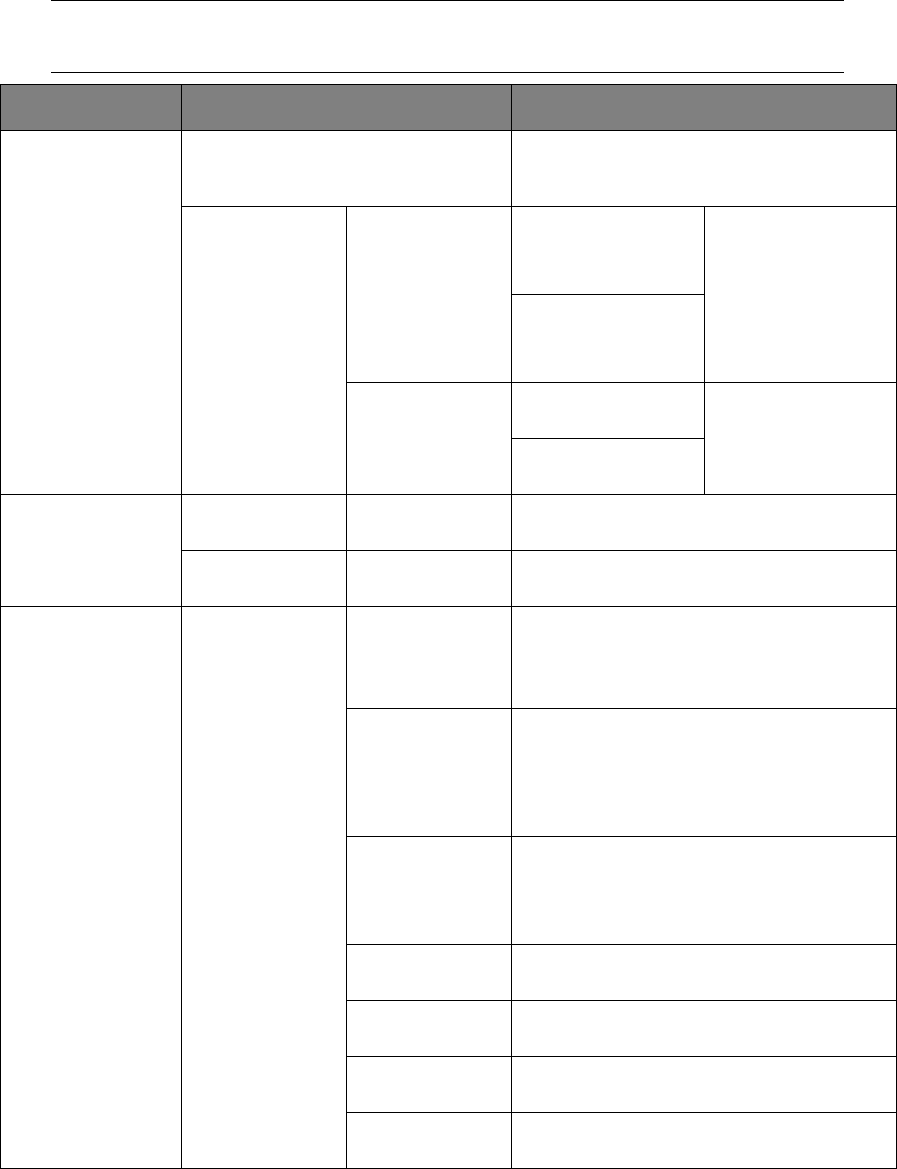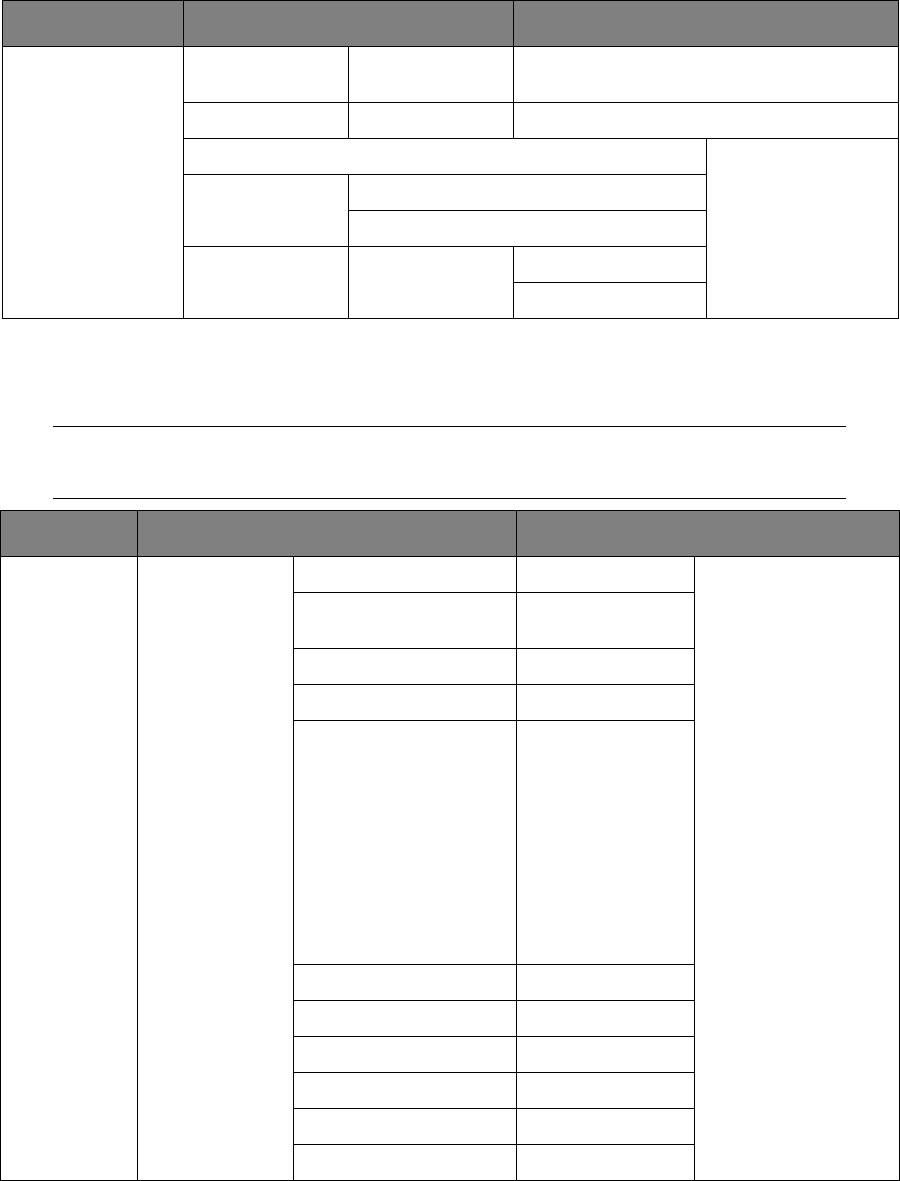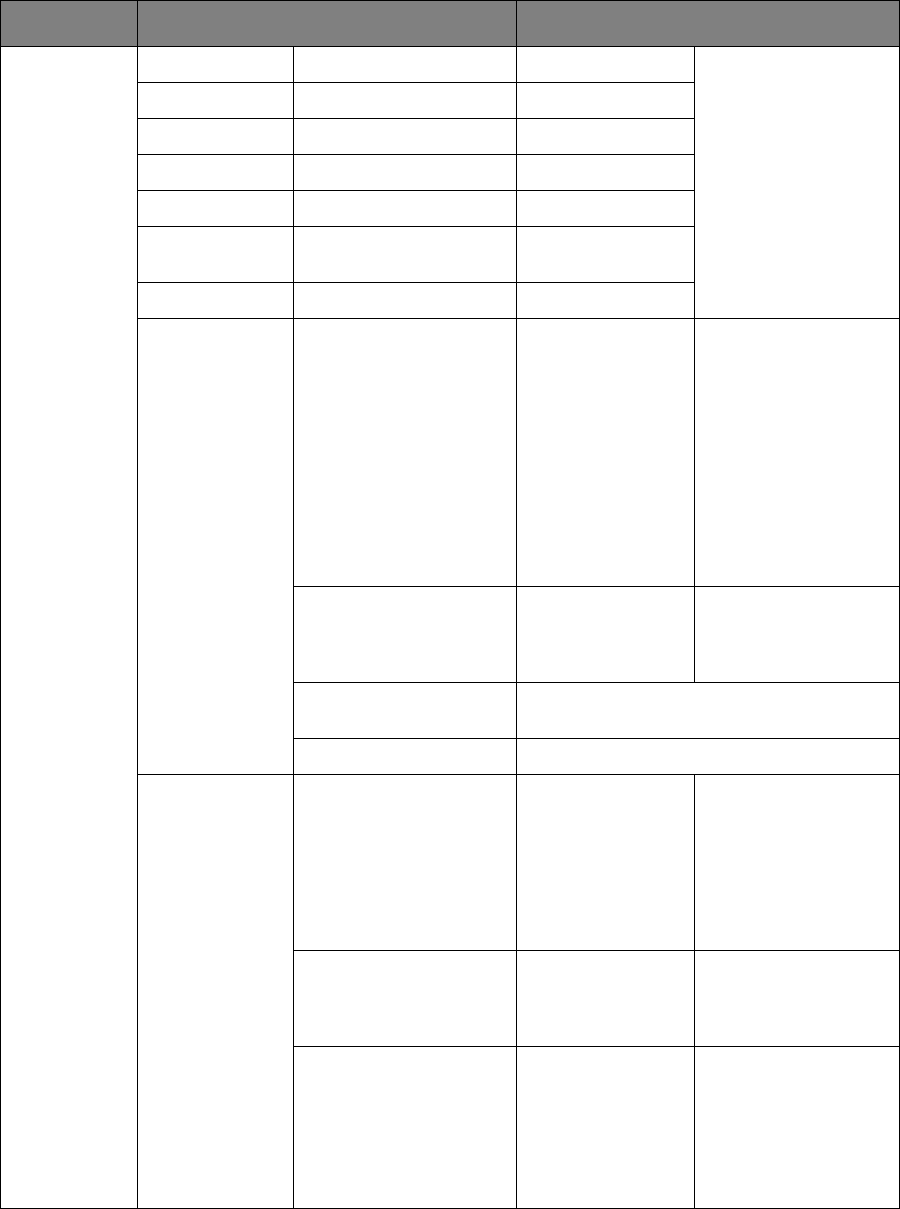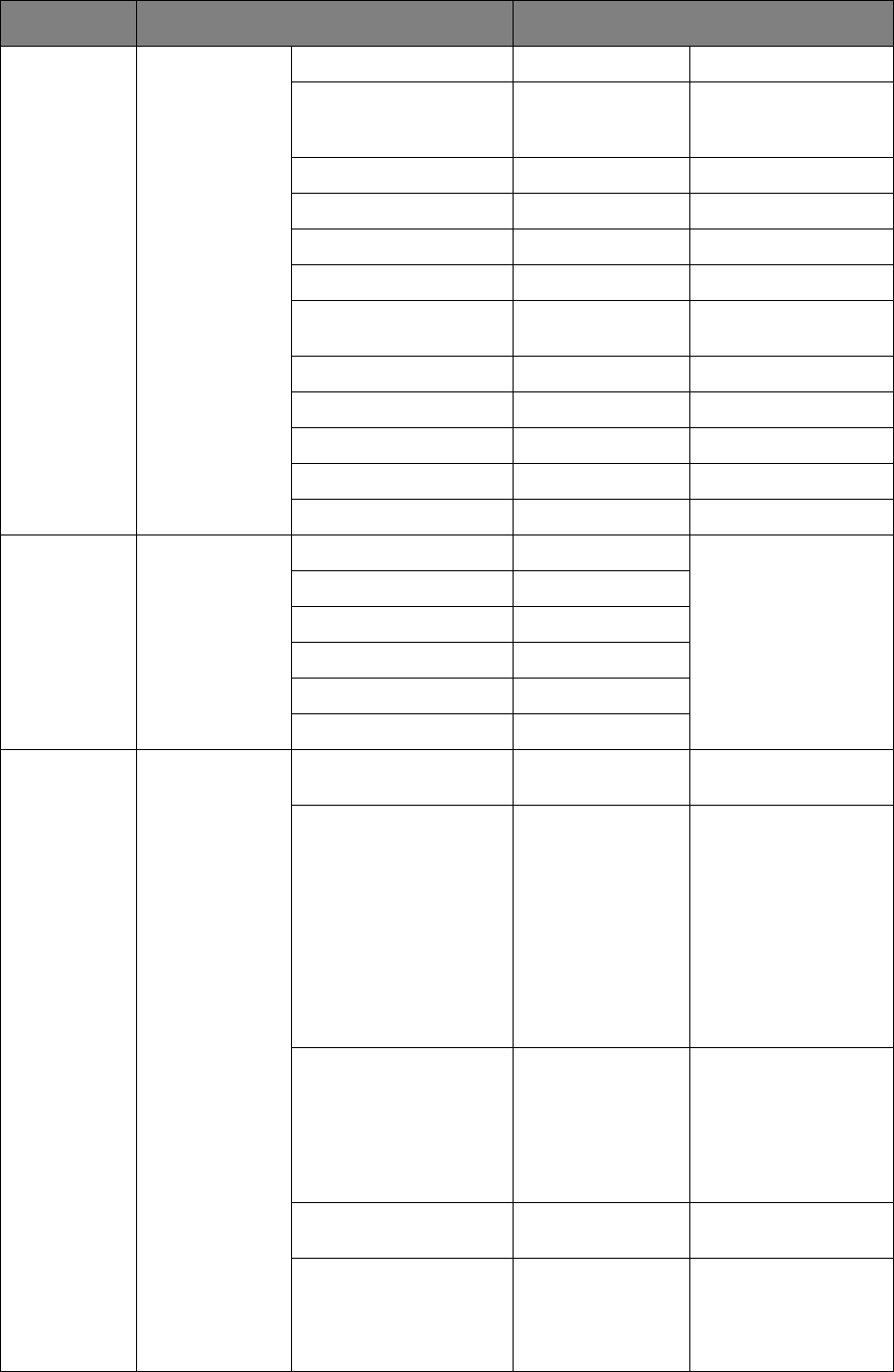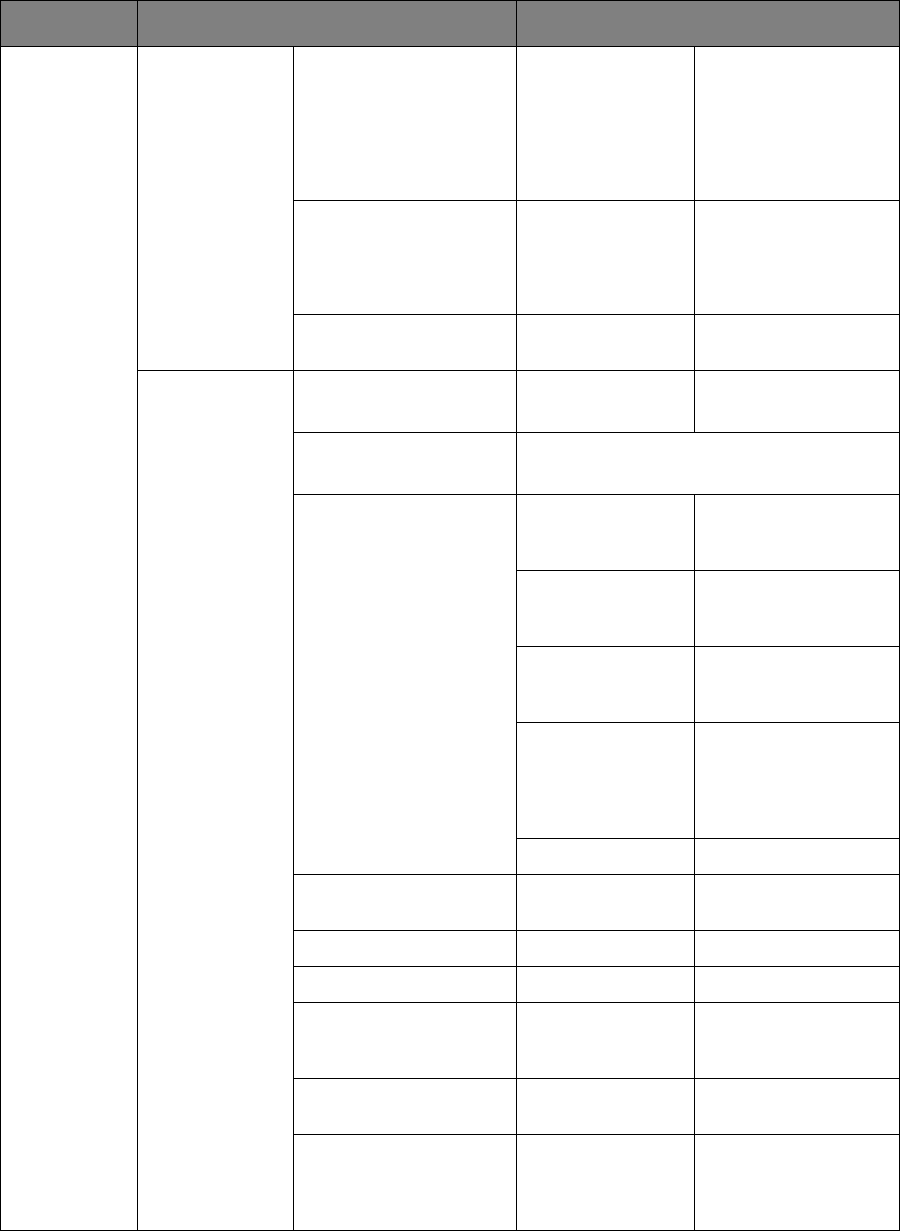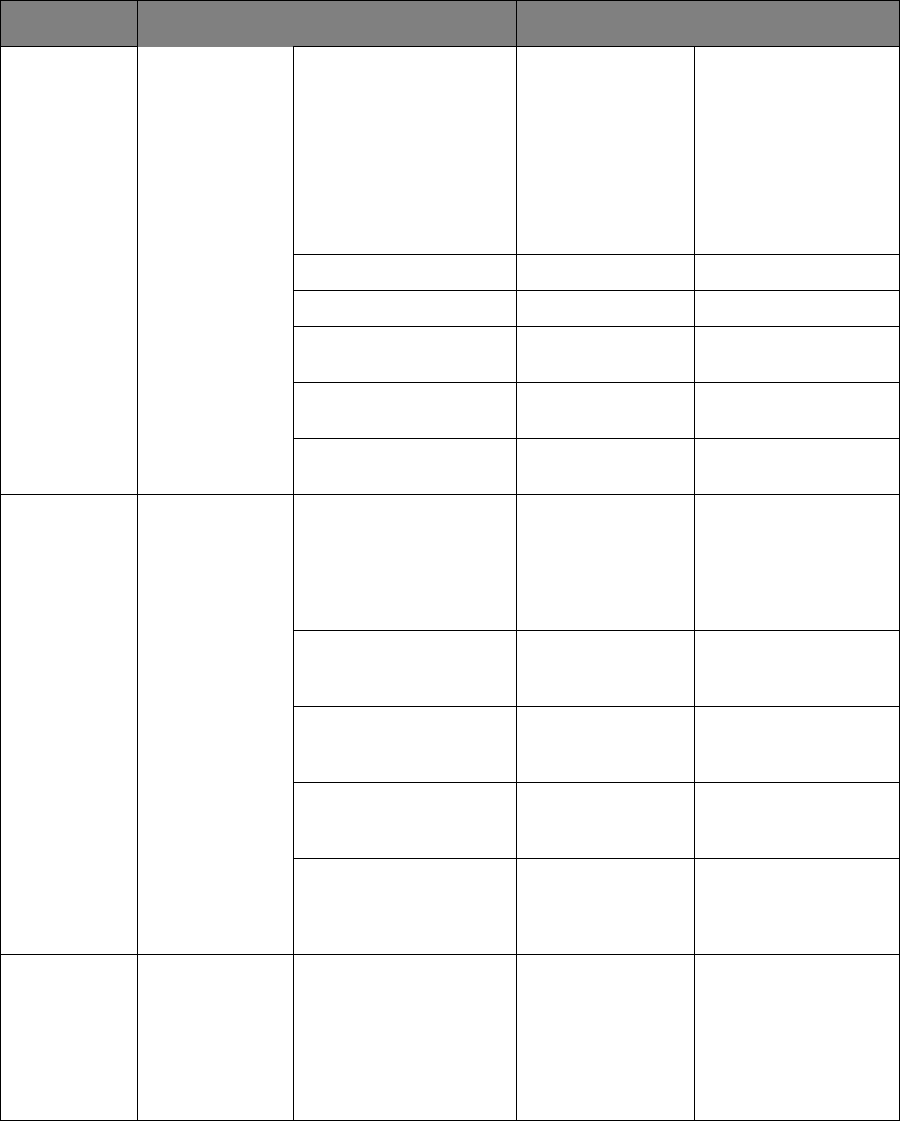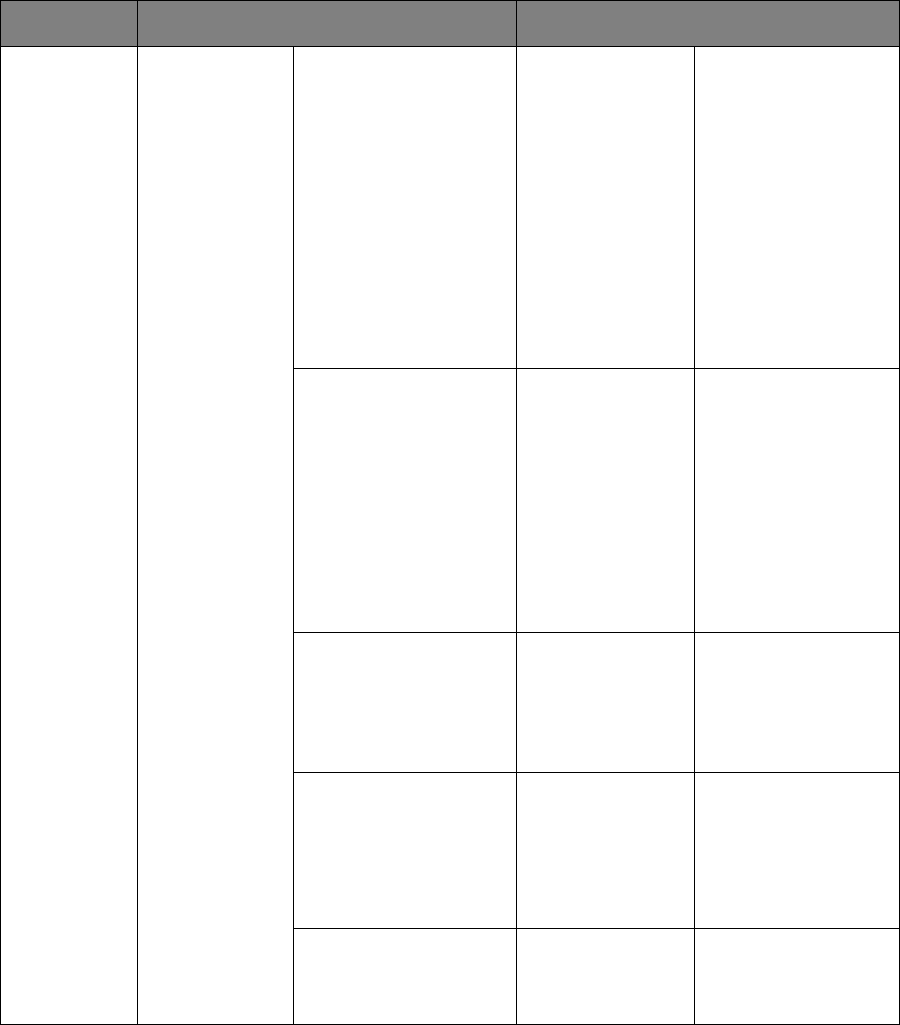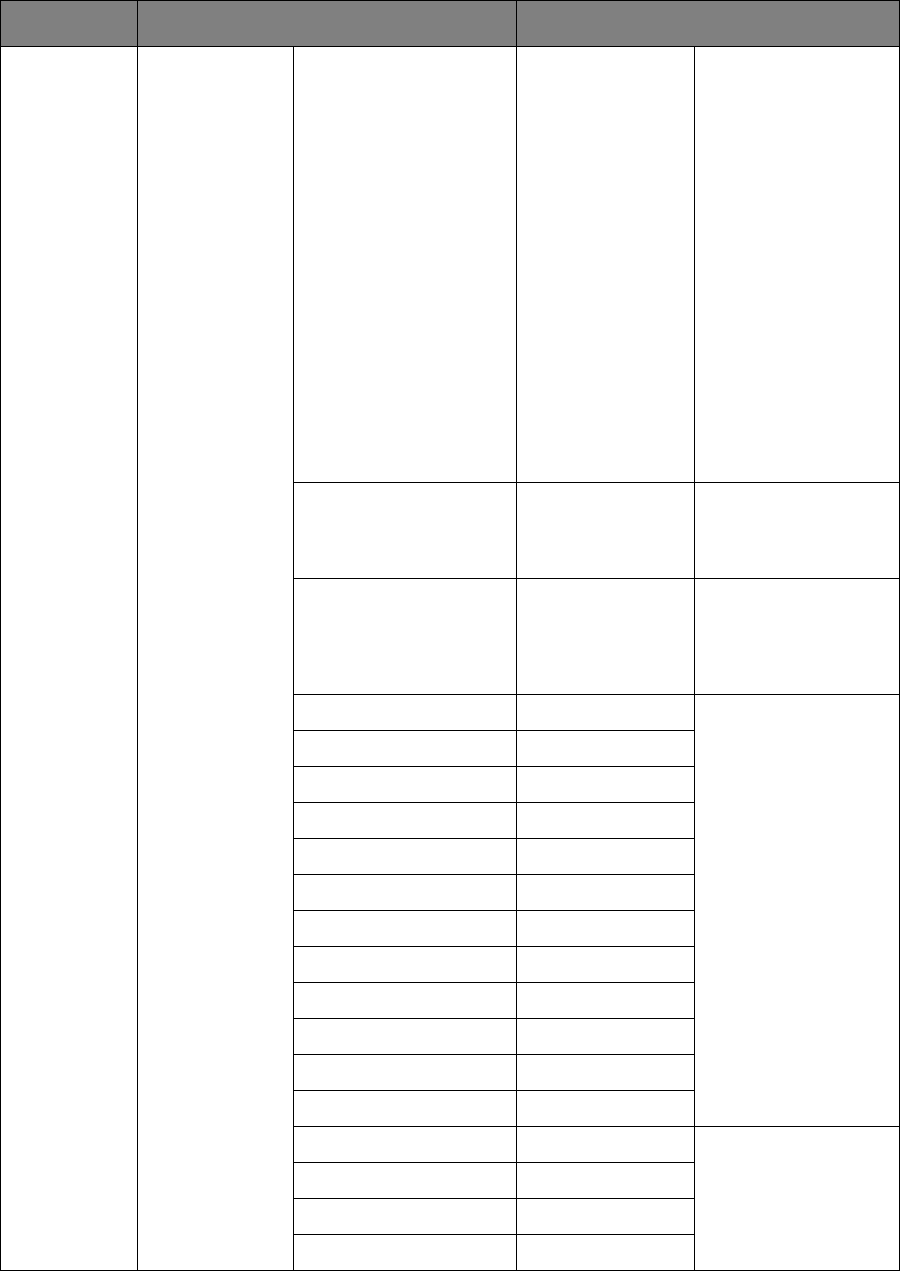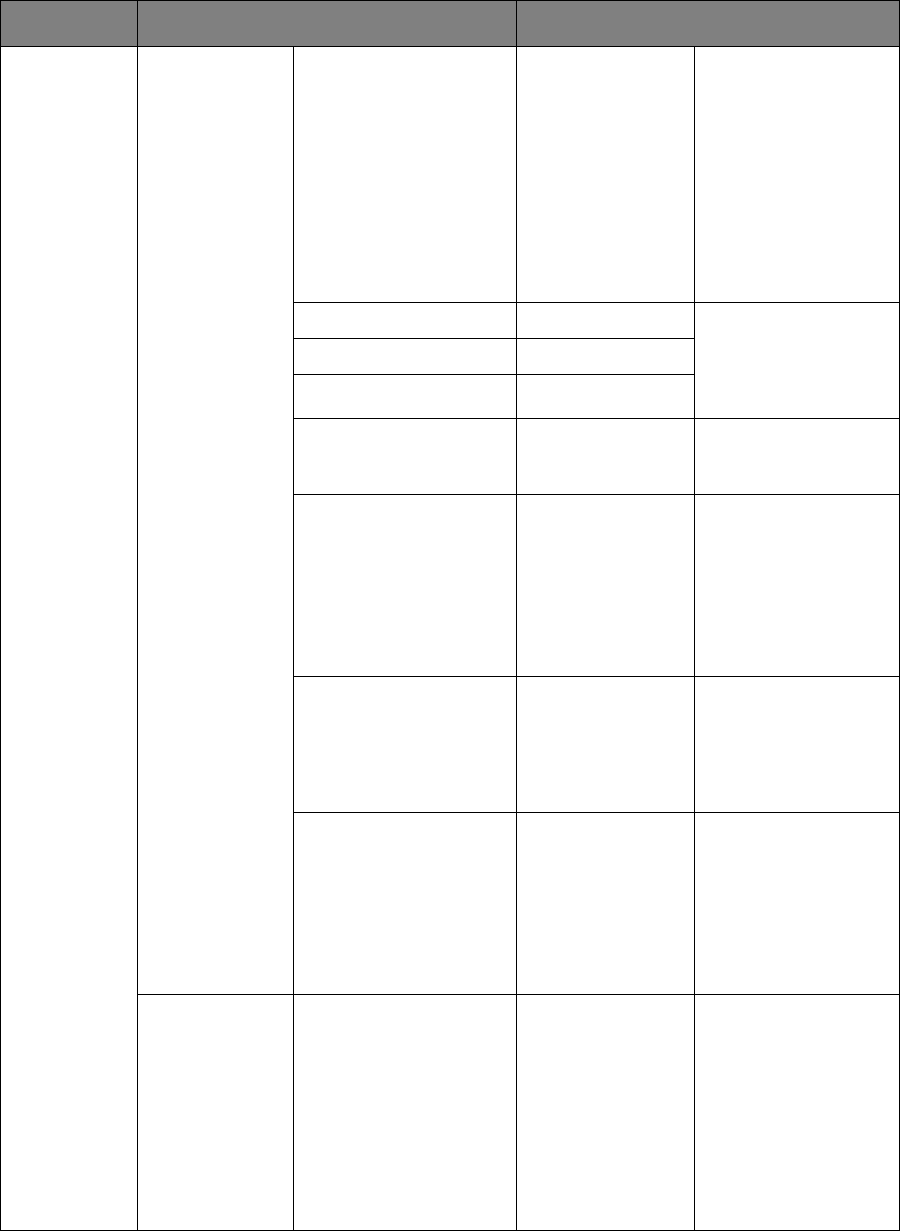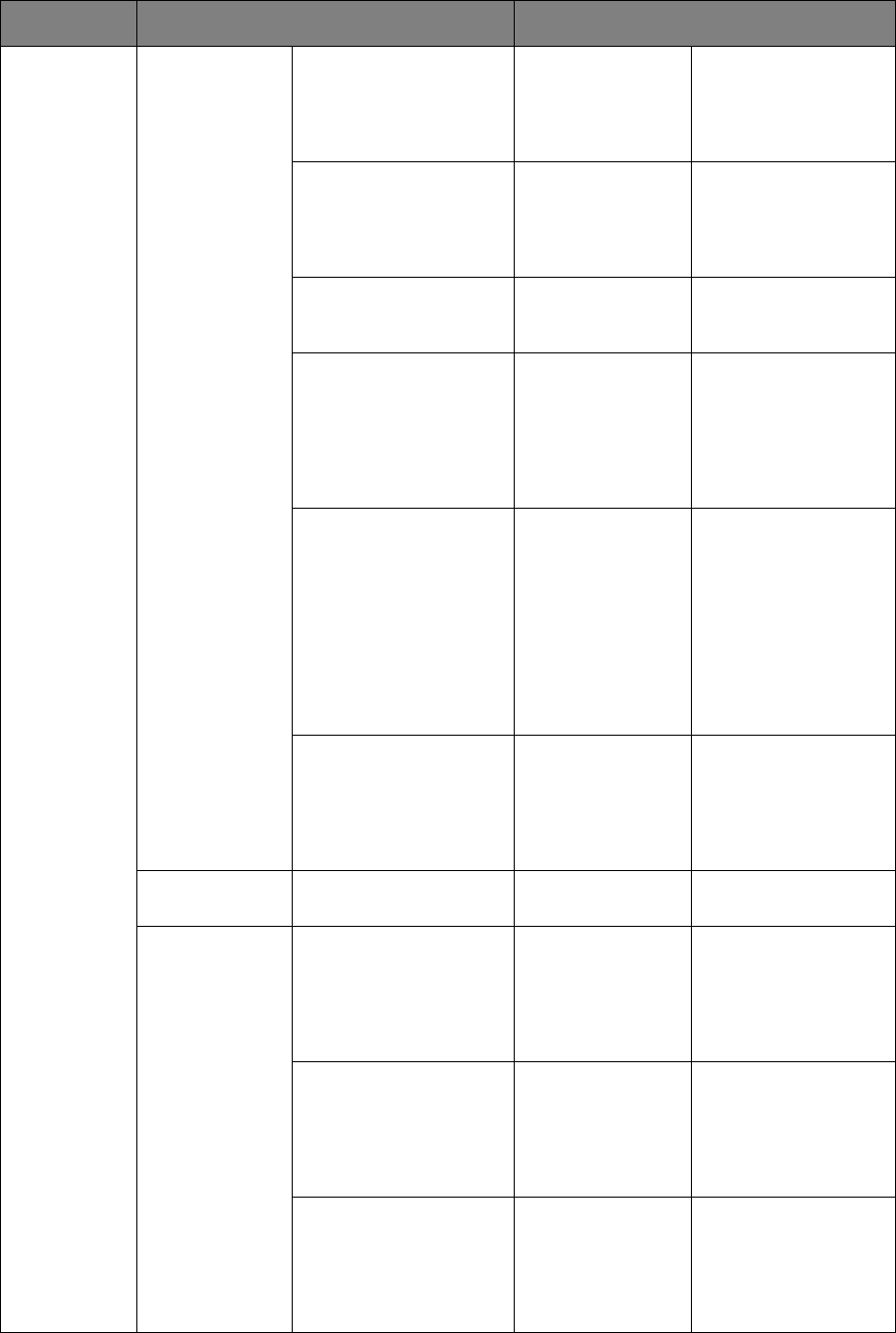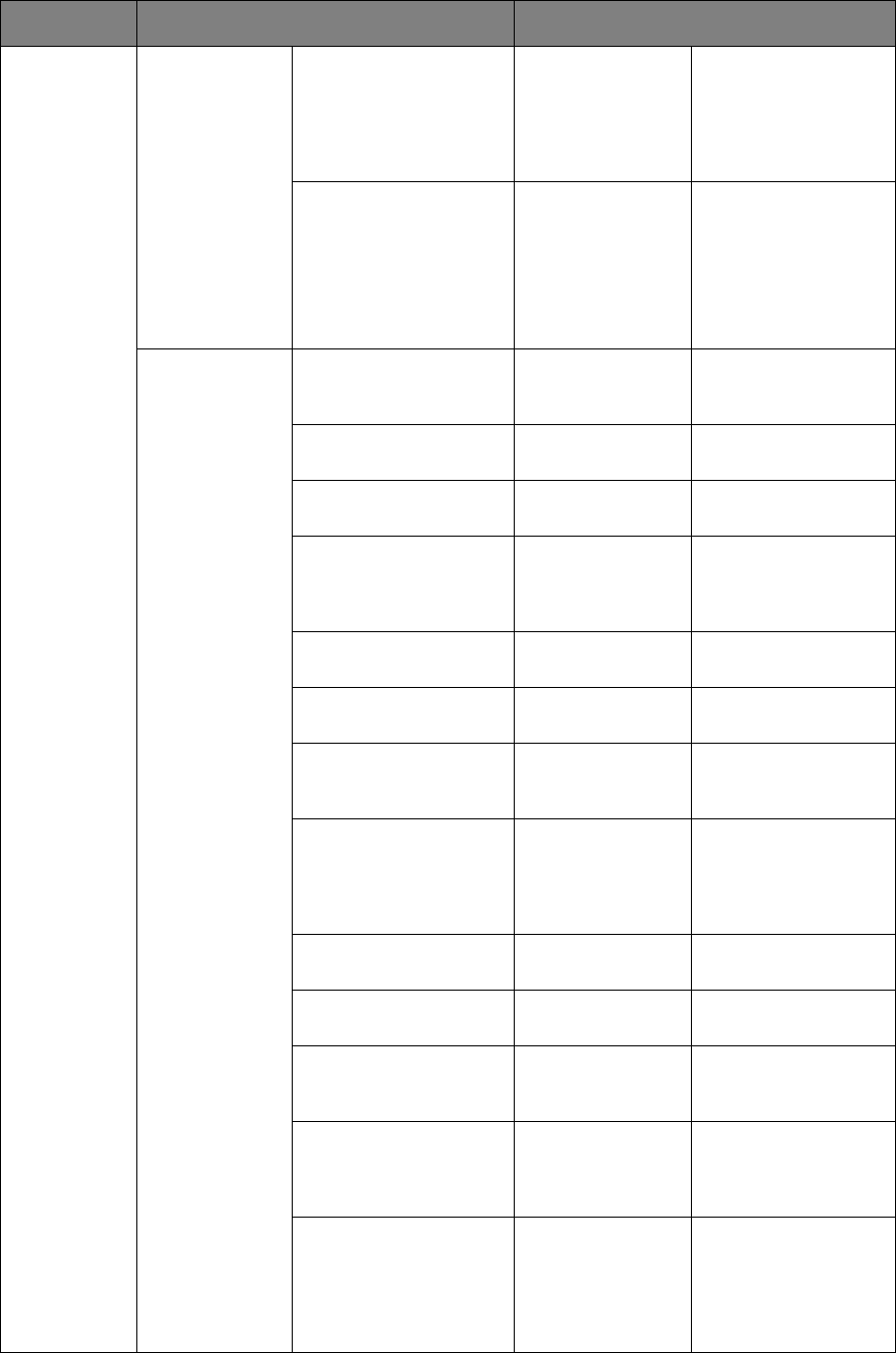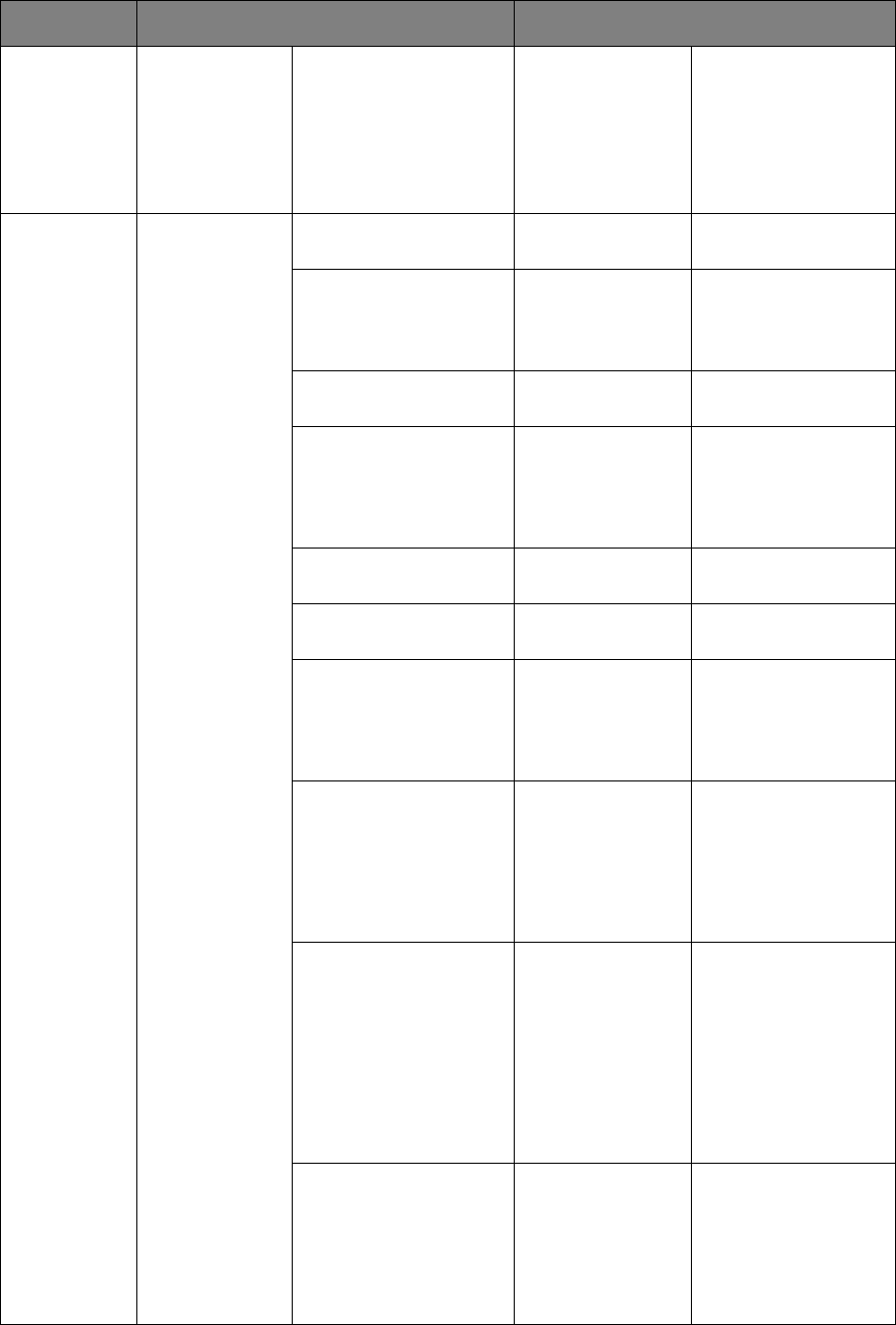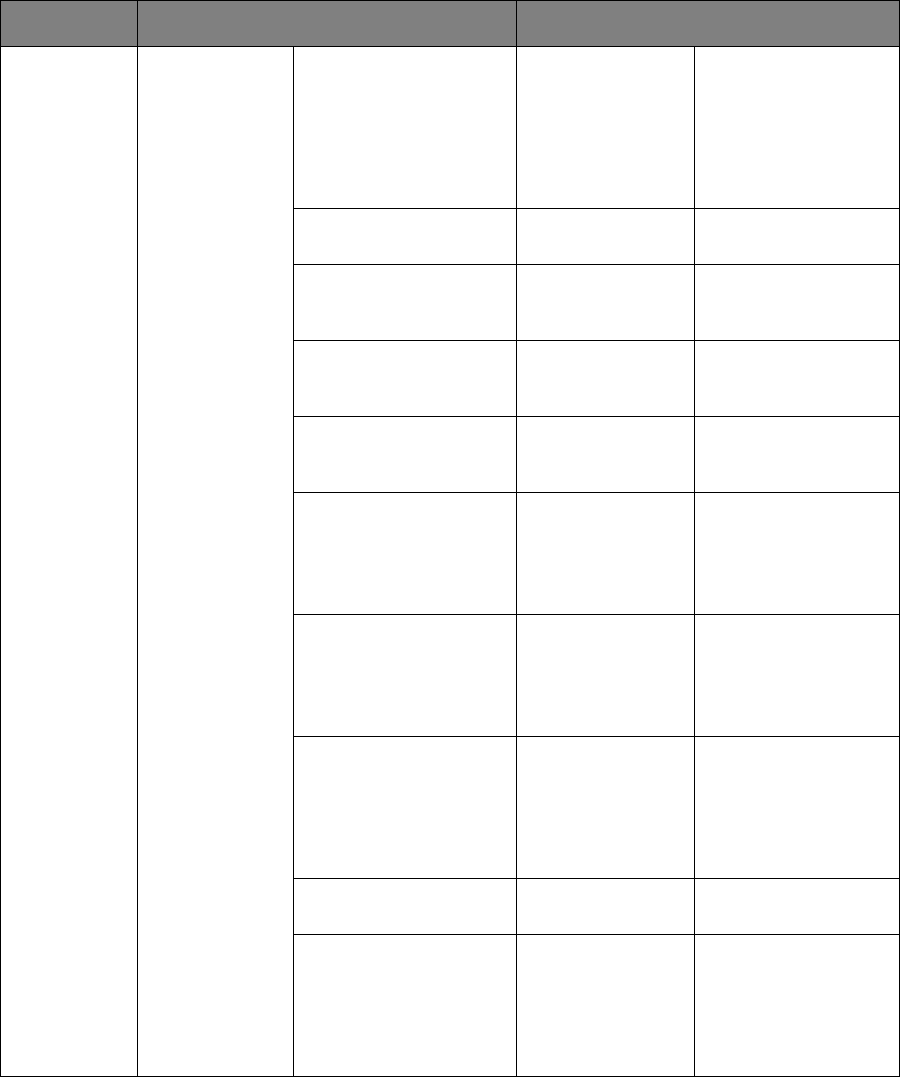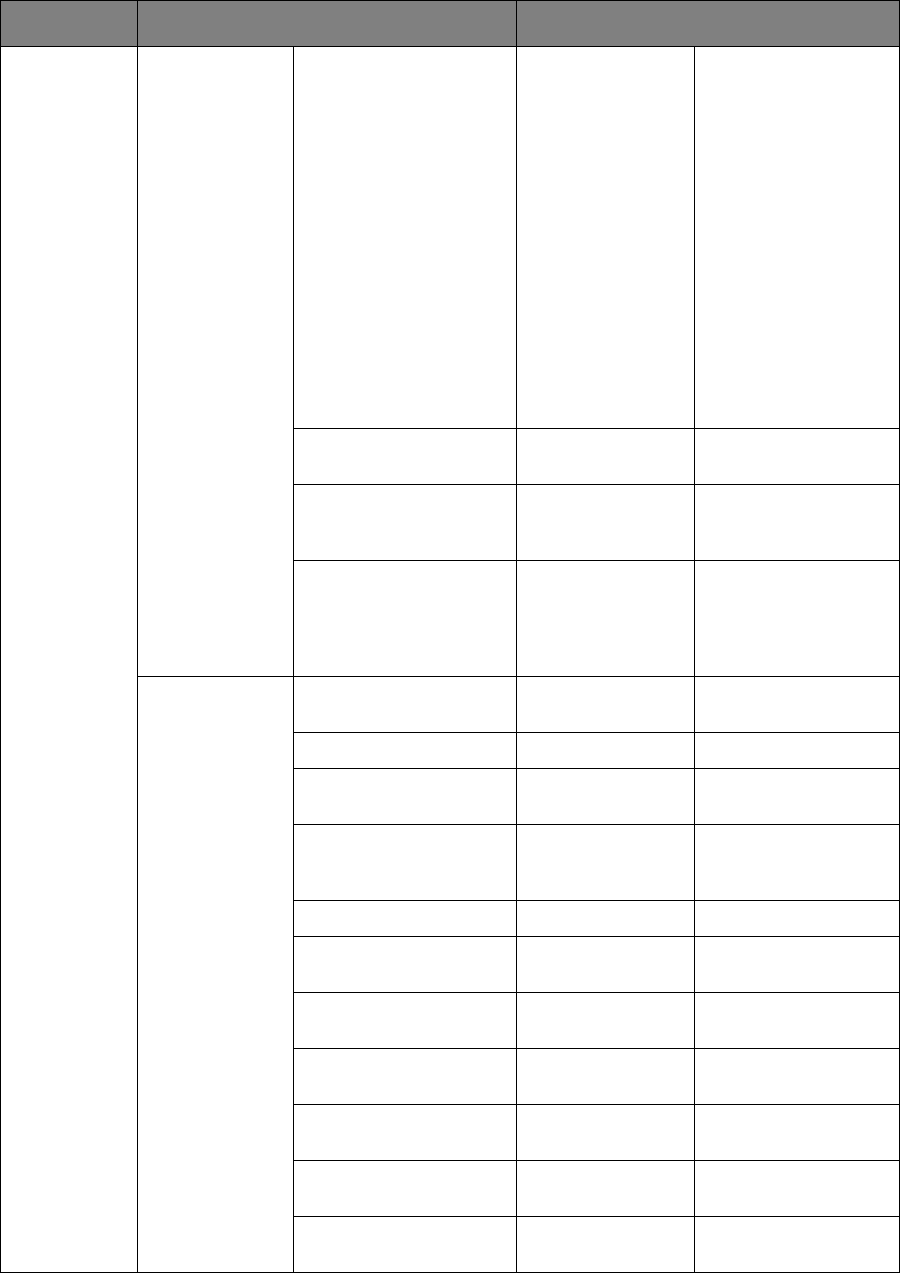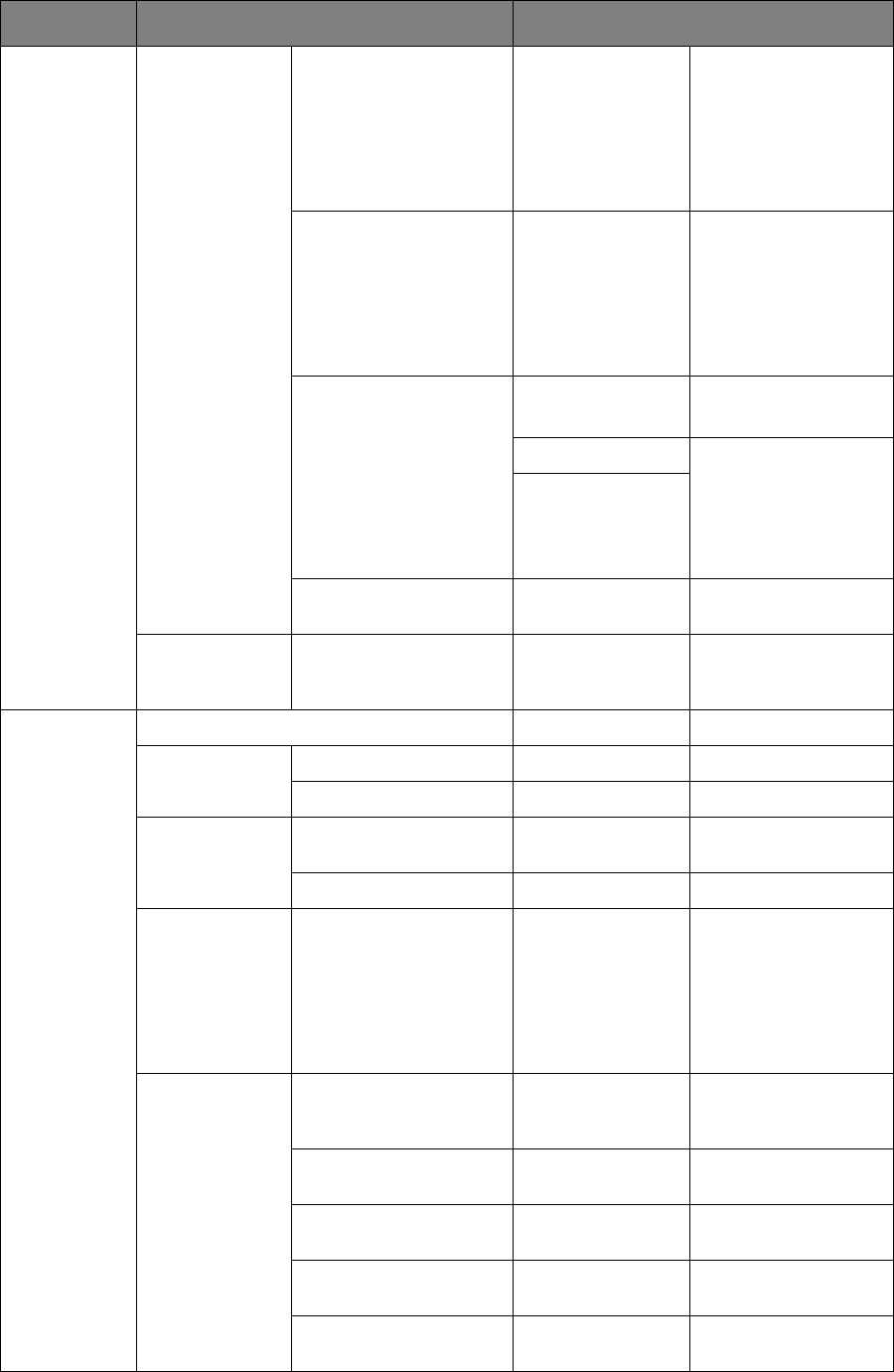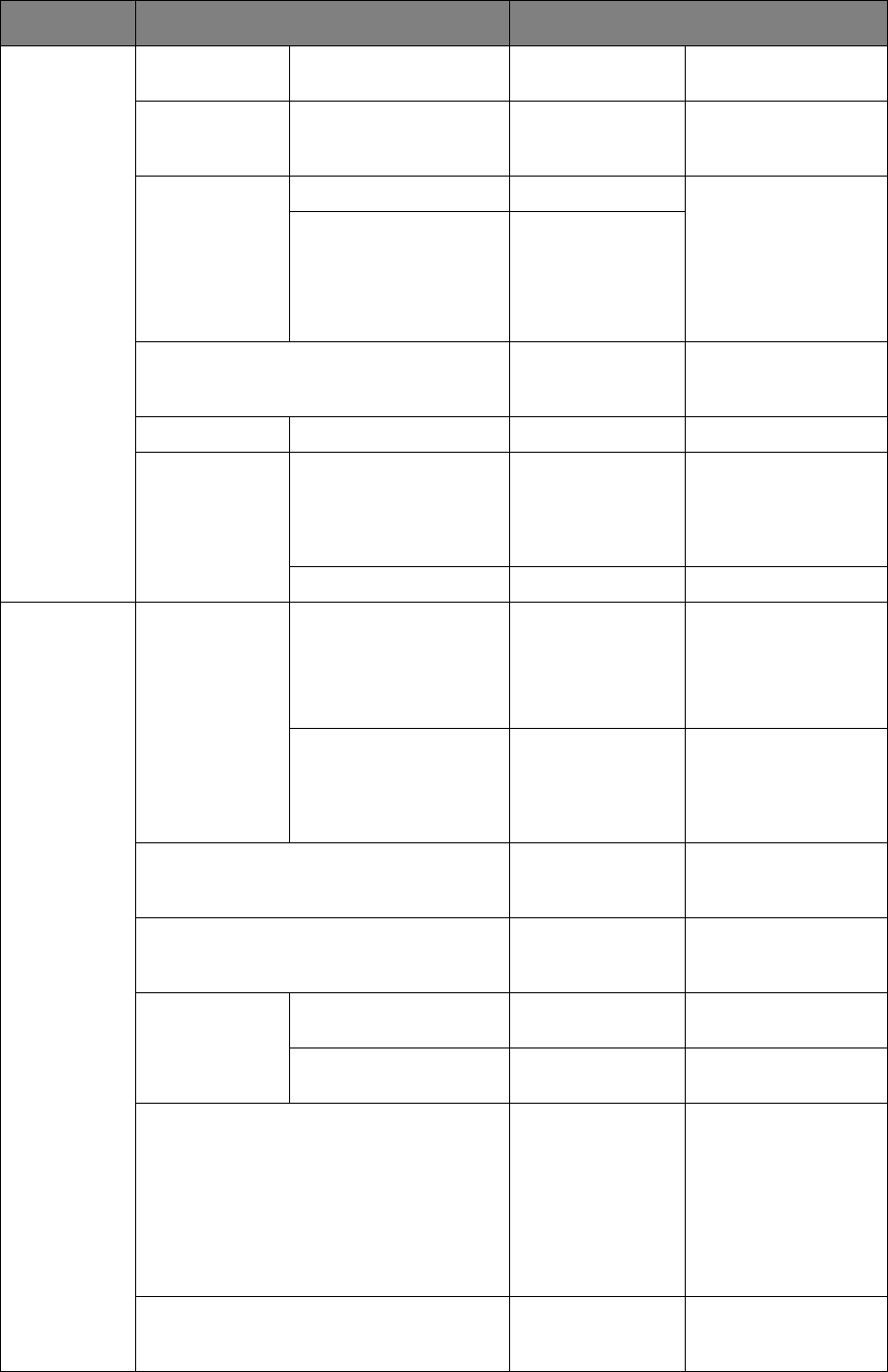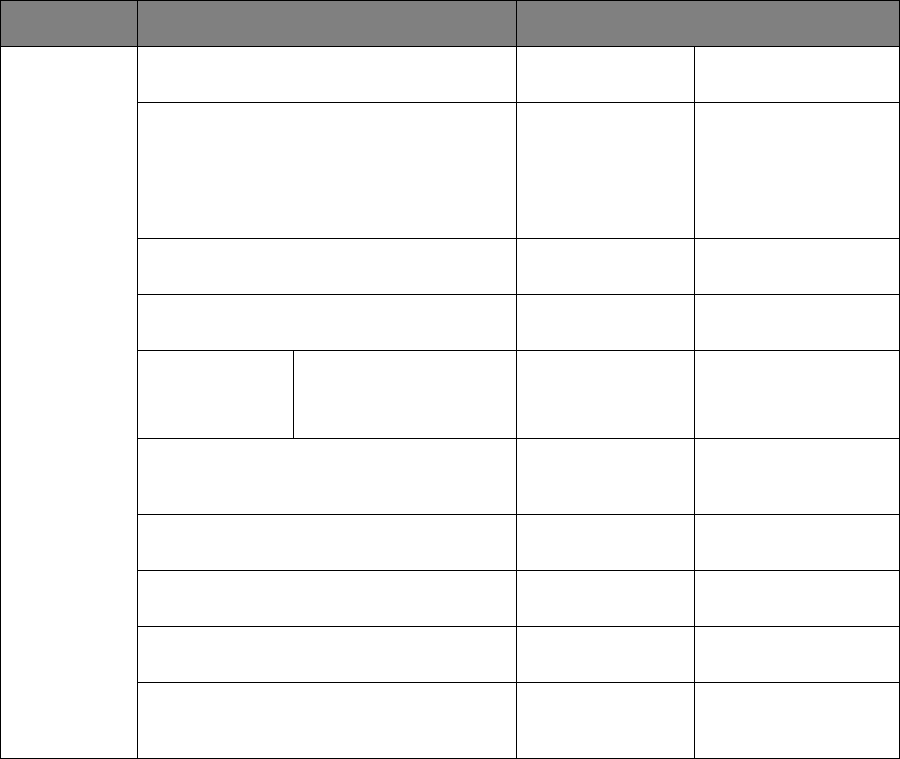Contents > 6
Operation . . . . . . . . . . . . . . . . . . . . . . . . . . . . . . . . . . . . . . . . . . . . . . . .38
Multi-tasking. . . . . . . . . . . . . . . . . . . . . . . . . . . . . . . . . . . . . . . . . . . . .39
Loading document(s) . . . . . . . . . . . . . . . . . . . . . . . . . . . . . . . . . . . . . . .40
Document requirements. . . . . . . . . . . . . . . . . . . . . . . . . . . . . . . . . . .40
Scannable area . . . . . . . . . . . . . . . . . . . . . . . . . . . . . . . . . . . . . . . . .40
Placing document(s) in the ADF . . . . . . . . . . . . . . . . . . . . . . . . . . . . .41
Placing document(s) on the glass . . . . . . . . . . . . . . . . . . . . . . . . . . . .42
Copying . . . . . . . . . . . . . . . . . . . . . . . . . . . . . . . . . . . . . . . . . . . . . . . . . .43
Basic operation . . . . . . . . . . . . . . . . . . . . . . . . . . . . . . . . . . . . . . . . . . .43
Increasing copy count . . . . . . . . . . . . . . . . . . . . . . . . . . . . . . . . . . . .43
Advanced operation . . . . . . . . . . . . . . . . . . . . . . . . . . . . . . . . . . . . . . . .44
Resetting copy settings . . . . . . . . . . . . . . . . . . . . . . . . . . . . . . . . . . . . .46
Auto reset . . . . . . . . . . . . . . . . . . . . . . . . . . . . . . . . . . . . . . . . . . . .46
Using the reset/logout button . . . . . . . . . . . . . . . . . . . . . . . . . . . . . . .46
Scanning . . . . . . . . . . . . . . . . . . . . . . . . . . . . . . . . . . . . . . . . . . . . . . . . .47
Scan to e-mail . . . . . . . . . . . . . . . . . . . . . . . . . . . . . . . . . . . . . . . . . . .48
Scan to network PC . . . . . . . . . . . . . . . . . . . . . . . . . . . . . . . . . . . . . . . .52
Scan to USB memory. . . . . . . . . . . . . . . . . . . . . . . . . . . . . . . . . . . . . . .55
Scan to local PC . . . . . . . . . . . . . . . . . . . . . . . . . . . . . . . . . . . . . . . . . .57
ActKey interface . . . . . . . . . . . . . . . . . . . . . . . . . . . . . . . . . . . . . . . .58
Scan to remote PC. . . . . . . . . . . . . . . . . . . . . . . . . . . . . . . . . . . . . . . . .59
Managing profiles . . . . . . . . . . . . . . . . . . . . . . . . . . . . . . . . . . . . . . . . .61
Adding a new network profile . . . . . . . . . . . . . . . . . . . . . . . . . . . . . . .61
Deleting a network profile . . . . . . . . . . . . . . . . . . . . . . . . . . . . . . . . .62
Managing the address book . . . . . . . . . . . . . . . . . . . . . . . . . . . . . . . . . .63
Setting sender and reply to e-mail addresses (from/reply to) . . . . . . . . .63
Creating e-mail templates . . . . . . . . . . . . . . . . . . . . . . . . . . . . . . . . .64
Adding an e-mail address entry to the address book . . . . . . . . . . . . . . .65
Deleting an e-mail address entry from the address book . . . . . . . . . . . .65
Modifying an e-mail address entry from the address book . . . . . . . . . . .66
Adding a group entry to the address book . . . . . . . . . . . . . . . . . . . . . .66
Deleting a group address entry from the address book . . . . . . . . . . . . .67
Modifying a group address entry from the address book. . . . . . . . . . . . .67
Printing . . . . . . . . . . . . . . . . . . . . . . . . . . . . . . . . . . . . . . . . . . . . . . . . . .68
Job lists . . . . . . . . . . . . . . . . . . . . . . . . . . . . . . . . . . . . . . . . . . . . . . . .68
Print job (e-STUDIO263CS only) . . . . . . . . . . . . . . . . . . . . . . . . . . . . . . .69
Print from USB memory . . . . . . . . . . . . . . . . . . . . . . . . . . . . . . . . . . . . .70
Basic operation . . . . . . . . . . . . . . . . . . . . . . . . . . . . . . . . . . . . . . . . .70
Advanced operation . . . . . . . . . . . . . . . . . . . . . . . . . . . . . . . . . . . . . .71
Switching online/offline . . . . . . . . . . . . . . . . . . . . . . . . . . . . . . . . . . . . .72
Faxing - e-STUDIO223CS and e-STUDIO263CS only. . . . . . . . . . . . . . . .73
Sending a fax from the MFP . . . . . . . . . . . . . . . . . . . . . . . . . . . . . . . . . .73
Basic operation . . . . . . . . . . . . . . . . . . . . . . . . . . . . . . . . . . . . . . . . .73
Advanced operation . . . . . . . . . . . . . . . . . . . . . . . . . . . . . . . . . . . . . .74
Fax receiving . . . . . . . . . . . . . . . . . . . . . . . . . . . . . . . . . . . . . . . . . .83
Managing the phone book . . . . . . . . . . . . . . . . . . . . . . . . . . . . . . . . . . .86
Adding a speed dial entry to the phone book . . . . . . . . . . . . . . . . . . . .86
Adding a group entry to the phone book . . . . . . . . . . . . . . . . . . . . . . .87
Deleting a speed dial entry from the phone book. . . . . . . . . . . . . . . . . .87
Deleting a group dial entry from the phone book. . . . . . . . . . . . . . . . . .87
Modifying a speed dial entry . . . . . . . . . . . . . . . . . . . . . . . . . . . . . . . .88
Modifying a group dial entry . . . . . . . . . . . . . . . . . . . . . . . . . . . . . . . .88
Registering an entry from reception or transmission history . . . . . . . . . .88
Internet fax . . . . . . . . . . . . . . . . . . . . . . . . . . . . . . . . . . . . . . . . . . . . .89
Sending a fax from your PC . . . . . . . . . . . . . . . . . . . . . . . . . . . . . . . .89
Receiving an internet fax . . . . . . . . . . . . . . . . . . . . . . . . . . . . . . . . . .92
Adding fax numbers to the phone book . . . . . . . . . . . . . . . . . . . . . . . .93













































































































